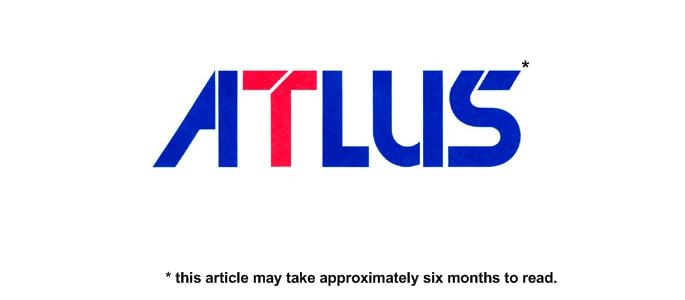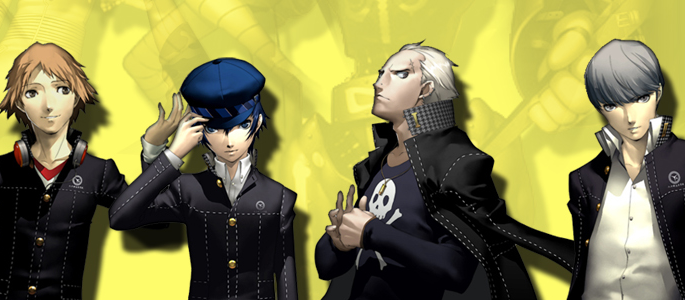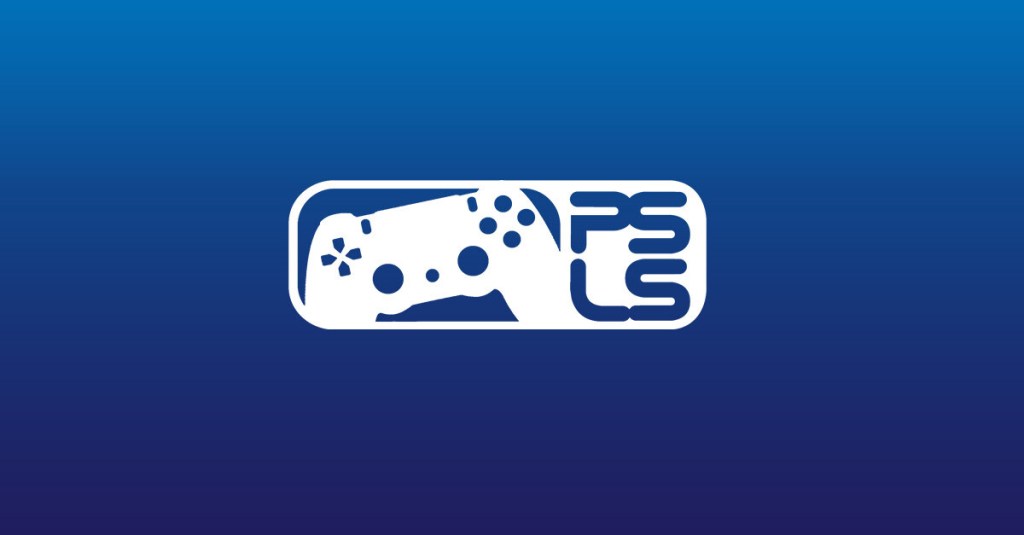
Many have pondered why video games coming from Japantake so long to come stateside. Gamers have asked the question, “Why is this taking [insert number of months here]?”, or “It shouldn’t even take this long, should it?”. Well, now Japanese publisher and developer Atlus has come to the forums and explained the process of localization.
Step 1: Familiarization (1-3 weeks)
“Before we begin work on a game, we need to know what we’re dealing with. For most games we license from other companies, this happens after the game is released in Japan; for most games originating with our parent company, this happens sometime after the developers have a manufacturer-approved master build. During this step, the project lead oversees the receipt of all localizable material, such as text files and relevant graphic assets, from the developer, while the assigned translators play the game thoroughly.
It’s important to know the in-game context of everything when translating, including all dialogue or text found in out-of-the-way side quests or bonus material. You never know what details shown on the screen but not in the dialogue might affect the tone of a line: a simple conversation between two characters might be intended to develop their characters–but if there’s a third character silently spying on them from the shadows, it might take on an entirely different cast.”
Step 2: Localization (1-8 weeks)
“The time required for this step varies the most from project to project. I’ve worked on games that took a week and a half and I’ve worked on games that took four full months. It depends on the amount of text involved, how many editors and translators are allocated to the project, and how easy the files are to deal with—without going into specifics, the text in some games takes quite a bit of effort on our part to manage. Suffice to say that a game’s text is not always divided up start-to-finish like chapters in a book, and disjointed files can add a lot of time to the localization step. If a game has voiced dialogue, the voice recording process can also add to the amount of time this step takes.”

Step 3: Programming (4-6 weeks)
“Atlus U.S.A., Inc. has no programmers on staff; implementation of the translated, edited, and finalized text files is generally left up to the original developers. This process, which includes redoing any graphic files which need changing, recompiling any movies with a new voice track, and making any adjustments for North American regional technical standards, rarely lasts less than a month.”
Step 4: Quality Assurance (5-8 weeks)
“Once the developers have a workable English build, the QA testing process begins. Bugs are a natural side effect of any localization programming, and all Atlus U.S.A., Inc. games are tested thoroughly for both system issues (crashes, graphical and sound glitches, standards deviations) and text issues (typos, logic problems, consistency errors). Even what seems like a very simple game often requires several weeks to be thorough; every last piece of content in the game must be checked and then rechecked to ensure the fixes went through.”

Step 5: Manufacturer Approval (3-8 weeks)
“Every system manufacturer has an approval process in which their own internal testers go over the submitted master candidate to ensure the game meets their requirements. This generally takes around 3 weeks, provided there aren’t any serious issues with the game. If there are, we notify the developer and a truncated version of steps 3-5 happens again.”
Step 6: Manufacturing (3-5 weeks)
“Just because we have an approved master build doesn’t mean the game can appear on store shelves overnight. That build first goes to replication houses who stamp out copies of the game to meet our order; the amount of time this takes depends on whether it’s a DVD or a cartridge. Once the game has been printed and boxed at the manufacturer, it’s shipped to our distributor, who then fulfills the demand from various retailers such as GameStop, Amazon, and whatever other specialty shops place an order for the title.**
There are other things that have to happen that take time, such as creating a website, or designing the packaging and manuals, or working out what, if any, Atlus Spoils the game will have, but those happen concurrently with one or more of the six above steps.
So as you can see, it’s not as simple as it might seem from a the point of view of someone playing the finished product. Shame, really, because if it was, every day at Atlus U.S.A., Inc. could be ice cream and Nerf wars. But as it is, I’ve got another 100 5,000 lines of text to get through today…”
Thanks for clearing the air Atlus. Stay with PlayStation LifeStyle for all your Atlus news!
[Source]





